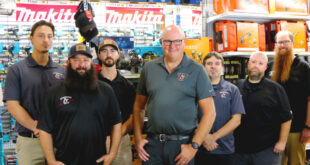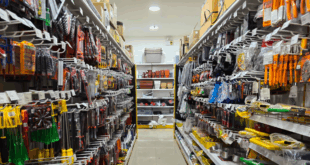Sight. Smell. Taste. Touch. Hearing. Every day, we rely on our five senses to navigate and experience life. Forward-thinking retailers are also turning to the five senses to engage with customers in their stores and keep them coming back, moving from offering just customer service to providing a positive customer experience.
A longtime factor that has set independents apart from the big-box retailers is their ability to provide a high level of customer service to customers, says Dr. Rob Mathews, executive director of the Entrepreneurial Leadership Institute at Ball State University. And while that is still important, customer service has evolved beyond greeting a customer when they enter the store, answering their questions and getting them out the door with the items they need. Customer service also means creating a memorable experience that keeps the customer coming back and creates the right environment that encourages sales.
“Customers are looking for those things that they can’t necessarily define. It’s a feeling they get when they shop with you, it’s all those little sensory touches and the environment you create,” Mathews says. “Restaurants and companies like Disney figured this out a long time ago—customers like surprises and the thrill of discovery.”
When it comes to creating a positive customer experience, Mathews says touchpoints are key.
“Really good companies will analyze 10, 20 or even 30 times the number of touchpoints than companies that don’t offer a good experience,” Mathews says. “And our industry might be more Dollywood than Disney with a more family feel and local emphasis, but those touchpoints are still critical to building loyal customers.”
As you consider what touchpoints make the most sense to create a memorable customer experience in your operation, look for ways to appeal to one or more of the five senses. Keep reading for examples from within and outside the independent home improvement channel on ways to harness the power of our senses.
Smell More Than the Roses
The strongest of all the senses, smell can turn customers away or keep them shopping in your store. Utilizing scent marketing, the art of incorporating scents into your brick-and-mortar shopping experience, can keep customers in your store longer, make them want to buy more and drive them to return again and again.
According to research by Mood Media, 75% of all emotions generated every day come from smells, and we experience a 40% improvement in mood after being exposed to pleasant scents. Though almost two decades old, the stats are still relevant—a 1990 Smell and Taste Institute study found that scent marketing increased the desirability to buy Nike shoes in 84% of subjects, and those customers were willing to pay 10% to 20% more in scented environments for products they desired.
Abercrombie and Fitch: The clothing company pumps in one of their own fragrances into each of the stores.
Victoria’s Secret: The lingerie and beauty retailer changes the scent in the store when it launches a new fragrance.
Singapore Airlines: The airlines commissioned its own signature scent, which flight attendants wear as a fragrance, is infused in the hot towels and is wafted through the cabin.
Taste a Good Experience
While many independent home improvement retailers sell food, customers don’t often get to experience those wonderful tastes in the store. Operations that offer food tastings, free food samples and other tasty treats can keep customers in the store longer for more browsing and hopefully more buying. Popular options for in-store food include popcorn, coffee and slushies. Cooking demos from grilling and cooking vendors are also an easy way to integrate taste (and smell) into the customer experience.
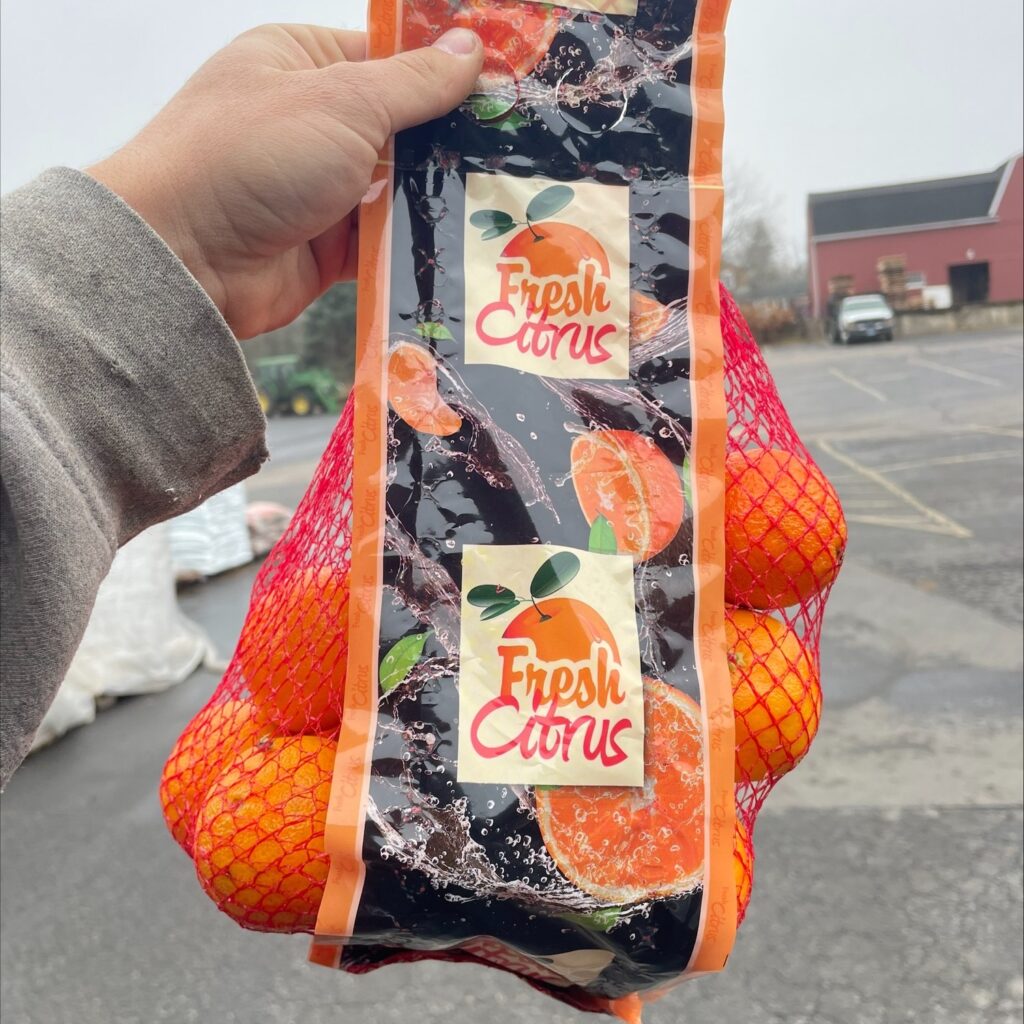 Benedict’s Home & Garden: During the dead of the harsh Northeast winter, Benedict’s Home & Garden in Monroe, Connecticut, brings in freshly picked citrus fruits from Florida and California. The selection includes California navel oranges, Florida juice oranges, Indian River red grapefruit and clementines.
Benedict’s Home & Garden: During the dead of the harsh Northeast winter, Benedict’s Home & Garden in Monroe, Connecticut, brings in freshly picked citrus fruits from Florida and California. The selection includes California navel oranges, Florida juice oranges, Indian River red grapefruit and clementines.
Flamingo Road Nursery: Boasting the Flamingo Cafe and Market, Flamingo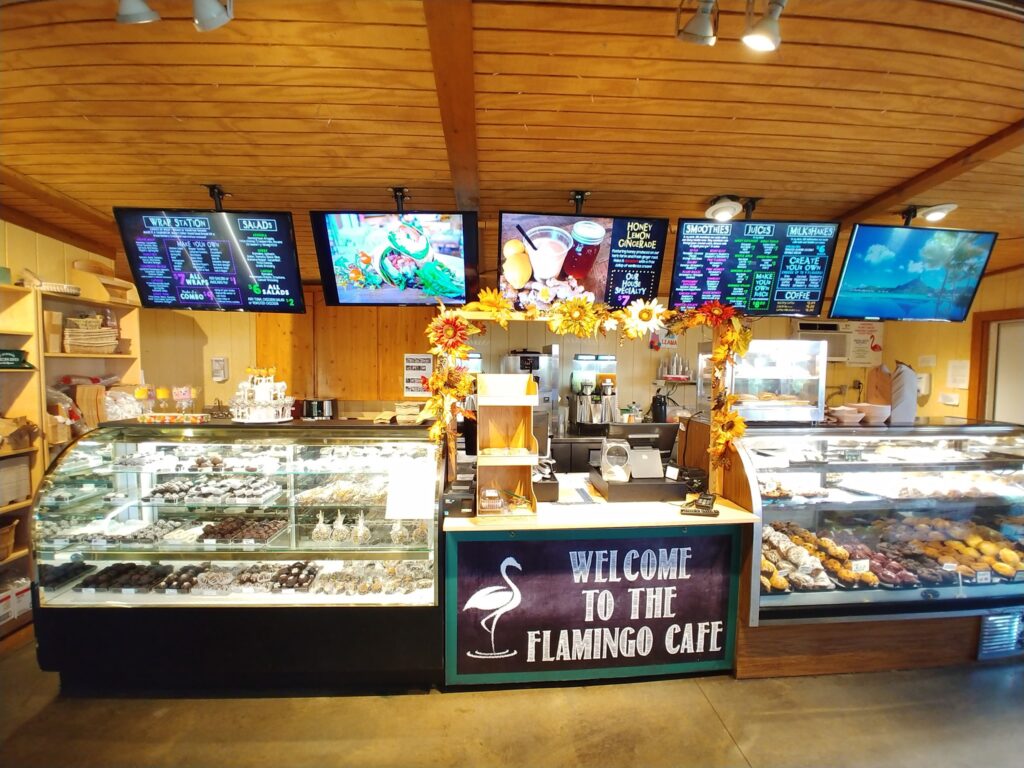 Road Nursery in Davie, Florida, serves up pizza, sandwiches, fudge and ice cream alongside plants, flowers and other home and garden necessities. Customers can take their food and drink purchases and wander the nursery and store, encouraging leisurely browsing.
Road Nursery in Davie, Florida, serves up pizza, sandwiches, fudge and ice cream alongside plants, flowers and other home and garden necessities. Customers can take their food and drink purchases and wander the nursery and store, encouraging leisurely browsing.
Henery Hardware: Human customers aren’t the only ones who can enjoy a  tasty treat. At Henery Hardware in Deer Park, Washington, furry friends are given plenty of attention and a yummy dog treat.
tasty treat. At Henery Hardware in Deer Park, Washington, furry friends are given plenty of attention and a yummy dog treat.
Touchpoints That Matter
As a brick-and-mortar store, it’s easy for customers to see and touch all the products, but appealing to the sense of touch involves more than just getting products out of boxes. Offering immersive experiences inside and out of the store not only brings customers in, but brings them back.
Anderson’s Garden Center: Part garden center, part boutique, part restaurant and full experience, Anderson’s Garden Center in Virginia Beach and Newport News, Virginia, has three
Garden Center in Virginia Beach and Newport News, Virginia, has three
farm-to-table restaurants, live music and play areas for children. Customers of all ages can enjoy several activities that involve fun touchpoints, including an arcade, mini golf and outdoor playgrounds.
B&B Hardware: Just one example of many independent retailers who welcome pets into the store and have their own furry store mascots, B&B Hardware in Milan, Illinois, is home to Henry the yellow Labrador. Store owners RJ and Helen McDaniel have even implemented “Henry Recommends” 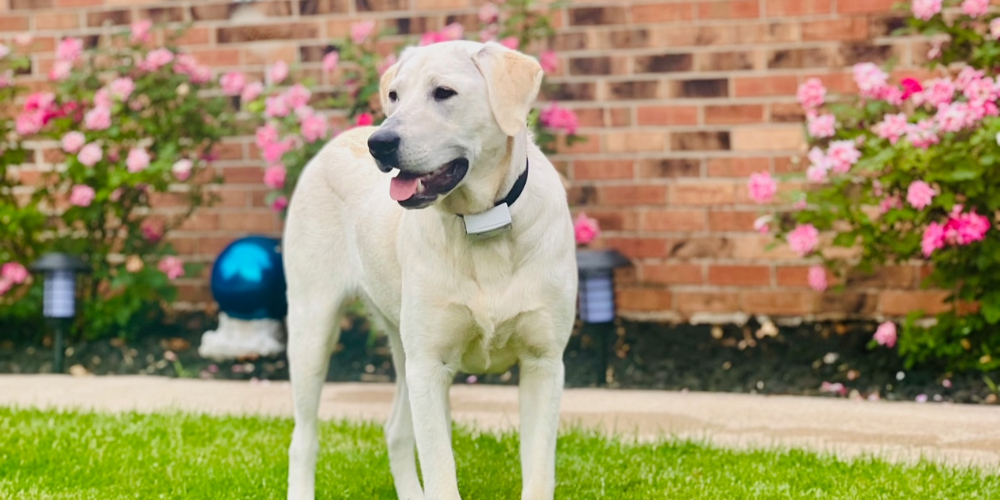 signs around the store for different products, including his favorite dog toys, treats or other products.
signs around the store for different products, including his favorite dog toys, treats or other products.
Keim Home Center: At Keim Home Center in Millersburg, Ohio, the 125,000-square-foot store features interactive shower displays, kitchen and bath vignettes and a customer millwork and hardware flooring section,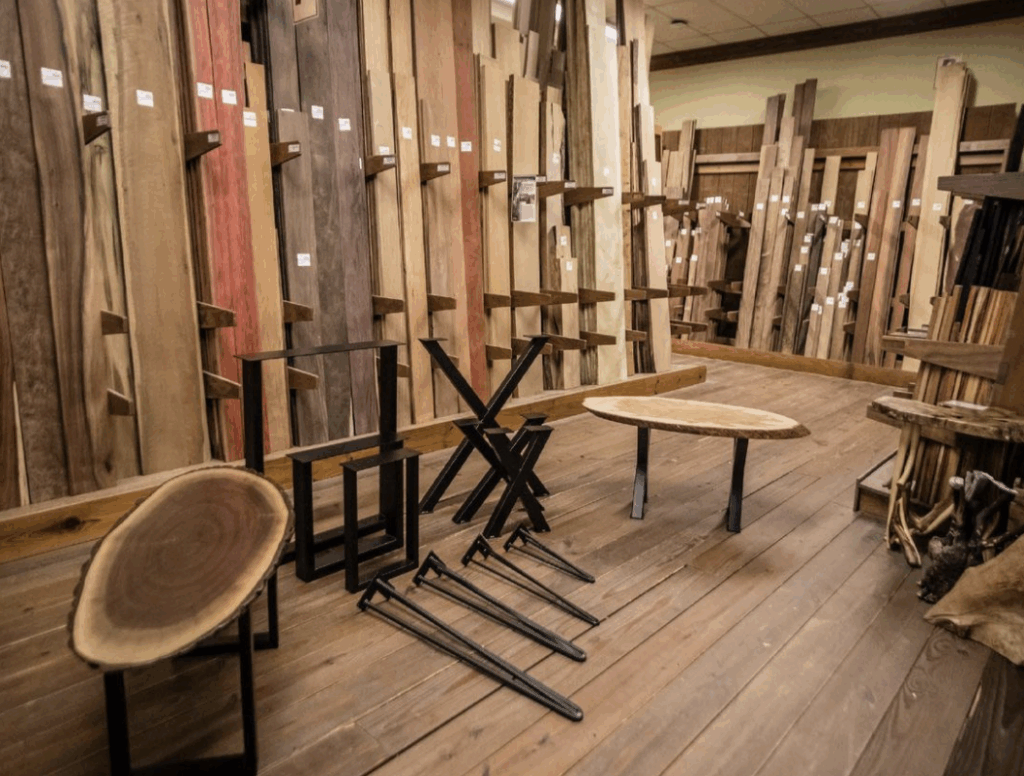 allowing customers to feel and see before they buy.
allowing customers to feel and see before they buy.
“Hear” for Good Time
What your customers hear while they shop can also impact how long they stay and how much they purchase. When it comes to what customers are hearing in your store, background music makes the biggest impact. According to a study by MRC Data, customers spent almost 60% more time in the store when any kind of music was playing. Another study in 2024 by TrendCandy found that 92% of businesses find that the right music that fits the store’s vibe leads to longer stays and higher customer spend.
When it comes to choosing music for your stores, it should match your brand, be appropriate for your audience of shoppers, reflect the mood of the store and be played at a suitable volume level. Your store’s soundtrack should also be rotated out regularly to keep employees and customers from getting bored with the music options.
Starbucks: The music played in each Starbucks location is a curated playlist that creates a cozy and welcoming environment and matches the time of day and store ambiance.
Albertsons: The grocery chain combines music with marketing in stores. In general, every hour, the background music is 50 minutes of music and 10 minutes of ads for the chain and for products sold in the stores.
Set Your Sights on Experience
What your customers are seeing in your store is one of the most important aspects of the shopping experience. You want to go beyond your customers just being able to see the products you want them to buy—you want to create an aesthetic shopping experience with beautiful decor, thoughtful displays and a clean and organized space for shopping.
Kraynak’s: While all the senses are engaged at Kraynak’s in Hermitage, Pennsylvania, the operation’s Santa’s  Christmasland and Easter Bunny Lane are a feast for the eyes. Santa’s Christmasland is a 300-foot avenue that features artificial Christmas trees each with a unique decor scheme surrounded by scenery and
Christmasland and Easter Bunny Lane are a feast for the eyes. Santa’s Christmasland is a 300-foot avenue that features artificial Christmas trees each with a unique decor scheme surrounded by scenery and
life-like animated characters. Easter Bunny Lane offers the same experience but with 300 feet of Easter decor.
Solenberger’s True Value Hardware: To improve customer experience, Solenberger’s True Value Hardware in Winchester, Virginia, installed TVs near the front registers that run in-store advertising and share specials,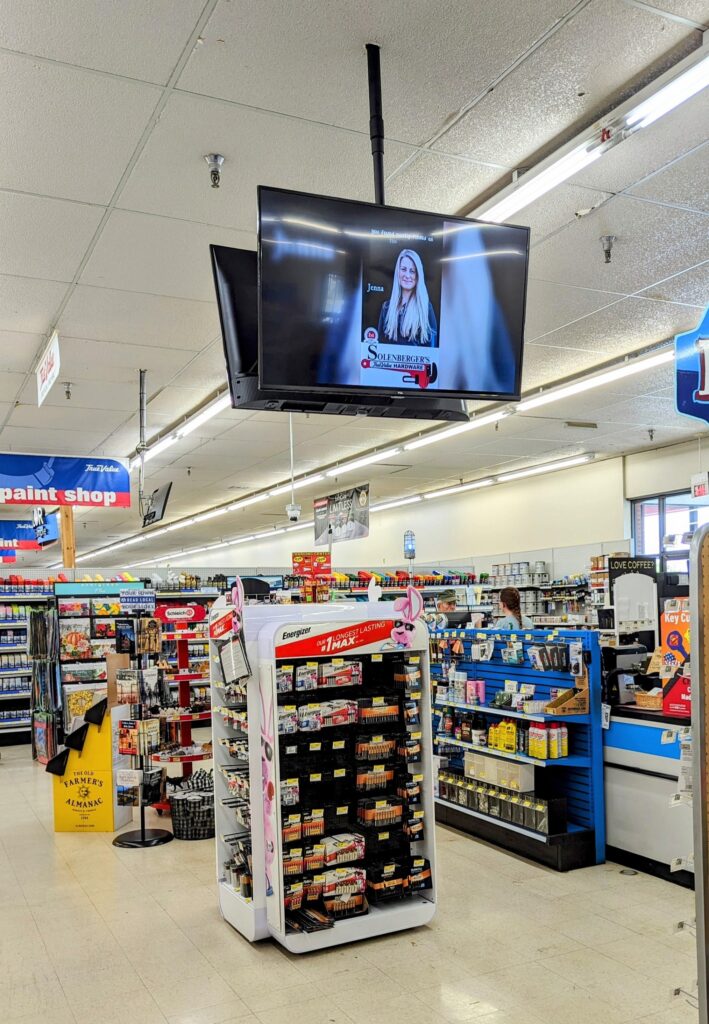 services and video content.
services and video content.
 Hardware Retailing The Industry's Source for Insights and Information
Hardware Retailing The Industry's Source for Insights and Information





